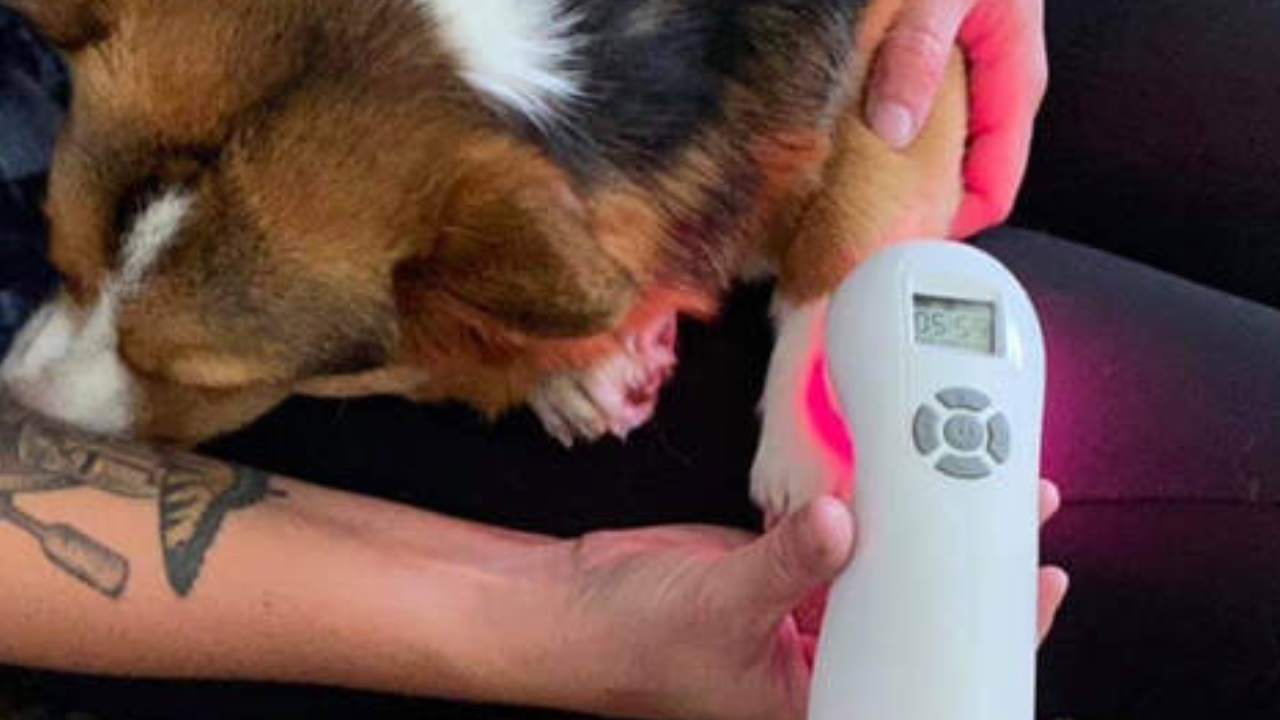In veterinary medicine, laser therapy is becoming more and more well-liked as a non-invasive treatment for a range of illnesses. Low-level laser therapy, or LLLT, is used by veterinarians to increase cellular activity and aid in animal rehabilitation. This device uses low-power laser light to hasten tissue restoration while lowering pain and inflammation. Typical uses include the treatment of arthritis, wound healing, and recuperation following surgery.
Since laser therapy is non-thermal, animals have the least amount of discomfort. Due to its versatility, laser therapy is used in conjunction with conventional veterinary methods as an adjuvant treatment visit page for additional details regarding laser therapy for veterinarians. Its growing application highlights how well it can benefit a wide variety of animal patients and lead to better veterinary care results.
What Kind of Animals Can Benefit From Laser Therapy?
For a wide range of animals, including pets, cattle, and wildlife, laser therapy is adaptable and appropriate. Conditions including pain, inflammation, and wound healing can be treated non-invasively with its help. The treatment promotes tissue restoration by activating cells with low-level laser light. Owing to its versatility, it can be used on a wide range of animals, providing a secure and efficient veterinary treatment choice.
Types of Diseases Treatable in Animals
The following are a few typical animal ailments that laser treatment can treat:
Pain Control
One common method of treating pain in veterinary medicine is laser therapy. It relieves both acute and persistent pain brought on by illnesses such as musculoskeletal traumas, intervertebral disc disease, and arthritis. Animals feel less pain and are more comfortable overall thanks to the anti-inflammatory properties of the laser.
Musculoskeletal Illnesses
Mobility is frequently impacted by musculoskeletal illnesses in animals, especially elderly dogs. Conditions such as degenerative joint disorders, cruciate ligament injuries, and hip dysplasia respond well to laser therapy. Laser therapy facilitates tissue healing and aids in the return of normal joint function by increasing blood flow and decreasing inflammation.
Animal Hurt Healing
Laser therapy helps animals' wounds heal more quickly. It accelerates tissue repair by increasing angiogenesis, collagen formation, and cell proliferation. This makes it a useful choice for treating veterinary patients' skin injuries, cuts, and other surgical incisions.
Skin Diseases
Laser therapy is useful in veterinary dermatology for treating a range of skin diseases. It is used to treat infections, hot areas, and allergies. Furthermore, laser therapy can aid animals with dermatological problems by reducing inflammation and irritation.
Dental Applications
Laser therapy is useful in veterinary dentistry, especially for treating oral disorders including periodontal disease. It improves tissue regeneration, lowers inflammation, and manages infection to help animals' dental health as a whole.
Ocular Disorders
The use of laser treatment in treating several ocular disorders in animals is growing. Treatment for ailments like glaucoma, uveitis, and corneal ulcers may benefit from it. The deliberate use of laser light aids in the healing of ocular tissues by lowering inflammation.
Neurological Disorders
Laser treatment can help treat a few neurological diseases that affect animals, including paralysis and nerve damage. Animals with compromised nerve function and movement benefit from laser treatment, which stimulates nerve regeneration and reduces inflammation.
Reproductive Health
Laser therapy has demonstrated potential in the field of animal reproductive medicine. It can be used to treat diseases of the reproductive system, including uterine infections in female animals and prostatitis in male dogs. In circumstances involving reproduction, laser therapy's non-invasive nature is very helpful.
Conditions Related to the Respiratory System
Laser therapy may provide comfort for animals with respiratory ailments like asthma or bronchitis. Reducing airway inflammation and enhancing respiratory function can be achieved through the anti-inflammatory properties of laser treatment.
Postoperative Recovery
In the care of animals following surgery, laser therapy is essential. It promotes a quicker and more seamless recovery following surgical operations by assisting with pain management, reducing swelling, and accelerating the healing process.
Last Summary
For a variety of ailments in animals, including musculoskeletal, dermatological, and neurological problems, laser therapy is a flexible and non-invasive therapeutic option. Its ability to promote healing and reduce pain highlights its importance in veterinary care, improving patient outcomes and quality of life.

